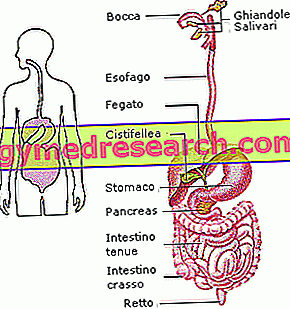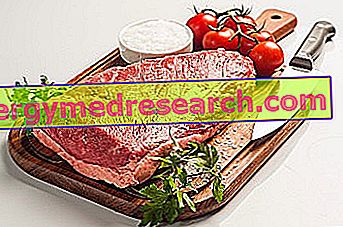The digestive system is formed by a set of hollow organs which, as a whole, as the name suggests, preside over the introduction of food, their subsequent digestion, the absorption of the nutrients they contain and the elimination of unnecessary ones or present in excess. The main functions of the digestive system are therefore four:
ingestion, digestion, absorption and defecation.
In its most simplistic view, the digestive system is a long tube open at both ends: the oral one from which it begins and the anal one with which it ends. This channel is made up of a series of hollow organs and very important annexed glands: it starts with the mouth and continues with the pharynx, the esophagus, the stomach, the small intestine, the large intestine (cecum, colon, rectum) and ends with the anus; along its path, it also accompanies the salivary glands, the liver, the gall bladder and the pancreas.
| DEEPENING ARTICLES ON THE DIGESTIVE APPARATUS | ||
| The digestive process: Anatomy and physiology of the digestive system: | ||
mouth, esophagus, stomach, duodenum, intestine  Diseases of the digestive system | Teeth - teething Saliva and salivary glands Swallowing Esophagus Stomach Small intestine Duodenum Liver Gall bladder or gallbladder Door vein Gallbladder common bile duct Biliary tract Pancreas Large intestine Colon Taste and taste Digestion Stomach and digestion Small intestine and digestion Bad digestion, dyspepsia Protein digestion Carbohydrate digestion Fat digestion Bile and bile salts Gastric juice Pancreatic juice Digestive enzymes Bile acids Amylase, ptyalin Trypsin and chymotrypsin Protease Lipase feces GIP inhibitory gastric peptideGastrin secretin | |



